Performance artist Ana Prvacki exhibits at Utah Contemporary Art Museum
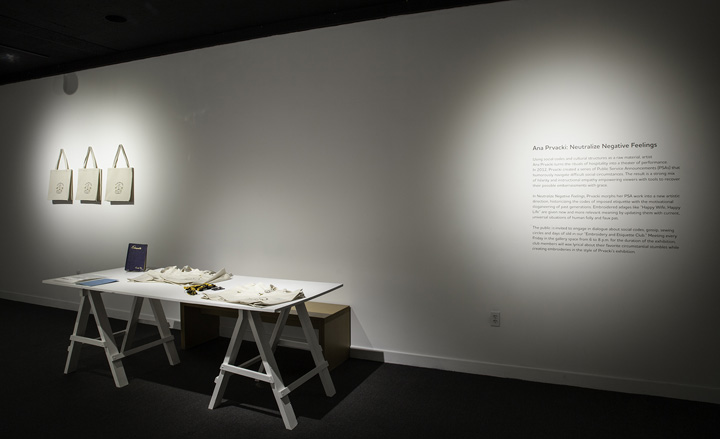
Everything about the performance artist Ana Prvacki seems hard to pigeonhole. A Serbian-Romanian who lives between Singapore and Los Angeles with her husband, artist Sam Durant, she has studied theatre, classical flute and… beekeeping. But through her explorations of social etiquette and hospitality, she has settled into a niche others have, perhaps literally, shied away from.
Prvacki's current exhibition, 'Neutralize Negative Feelings' at Utah's Museum of Contemporary Art, airs a series of public service announcements in which Prvacki and etiquette expert Vartouhi Keshishyan pop up in embarrassing situations to promote good manners. Also on show are her embroideries and ceramics inscribed with inspirational slogans. Throughout the exhibition on Friday evenings, Prvacki also runs the Embroidery and Etiquette Club, which explores social codes by turning the gossip element of the traditional sewing circle on its head.
A decade ago Prvacki (pronounced Pri-vatch-key) launched 'Ananatural', a satirical mail-order company offering products like thumb-shaped ice-lolly moulds for sucking in public; a maid service 'to promote random acts of generosity and care'; and a 4x8m magnet in a gilded frame for drawing in viewers. When her catalogues started getting orders from museum curators, Prvacki began exhibiting her art worldwide. She spoke to us from her LA studio.
You're Serbian but based in LA and Singapore, so you're familiar with moving around and the social anxiety that can bring. Has that informed your work?
I spent my first years in Serbia and Romania - I'm half Romanian - and even in those times I can remember being interested in how people adapt to society and assimilate. I had two very different experiences of communism: Romania was much more rigid in the 1970s and 1980s under Ceausescu; Yugoslavia was paradise at the time. Then moving to Singapore at 13 I experienced culture shock mixed with puberty.
Singapore is as far as possible as you can be from Eastern Europe and I was hypersensitive to the differences, that daily experience of negotiating social situations and always having things go wrong. But when things go wrong, to me, is the most interesting. It's when you really, truly bond with someone. When you're in control, it's not that interesting.
You seem to be most comfortable in the realm of performance art, where you create your own unconventional theatres. Was it more awkward for you when you started focusing on etiquette?
It was very interesting being my own guinea pig, practicing different protocols and etiquette, trying to be a good person. I was working on so many angles for a while - talking to etiquette instructors, philosophers, experts on manners, all very different people - that I'd find myself in a social situation and suddenly I couldn't move. I was hypersensitive to everything, about where I put my hands…. everything has meaning.
Etiquette is such a heavy term, don't you think? It's time we rescued the term and connected it with ethics. Because the space between good and bad, really, is where we operate.
Why do you think the philosophy of etiquette has resonated with you?
Migrating has had a huge effect on this part of my work - I've always been a foreigner, so I've always had an interest in introducing transparency to transform social situations that create stress and anxiety.
In my book ['Ana Prvacki & Irina Aristarkhova: The Greeting Committee Reports'] I discuss the ethics of hospitality, real manners and being open and welcoming to whoever comes along, not to have judgments or prejudice. It's like the Greek word xenia, for strangers who could be gods in disguise - the Greeks believe you'd better be on your best behaviour because the person you think is unimportant could be a god coming to test you. It's a trick for keeping us on our toes. We have to sublimate ourselves.
Your style has been described as 'merging Martha Stewart with Marina Abramovic'. Would you say that's accurate?
It sounds like a nightmare! But Marina is incredible. She actually curated a money-laundering project I did in 2008 [based on a performance piece for which Ana set up a stand in the lobby of UBS and literally washed people's banknotes with latex gloves and disinfectant wipes]. She also comes from Serbia, where I come from, so we definitely connect.
Martha Stewart? Aesthetics aside, I think she's amazing. Inspiring people to decorate, to find comfort, is a good thing. DIY is incredibly powerful. I use it in my work a lot - for the Ananatural catalogue I created the 'Prêt à Paracute', a skirt that doubles as a parachute for jumping out of a window in a party emergency.
Some of your video work can be quite discomforting to watch. In 'Blushing for Circulation' a doctor monitors your ability to blush by using creepy pick-up lines. Are you trying to make your audience uneasy?
That was more to connect etiquette with the idea of what's proper. Blushing is connected to the erotic, a place where etiquette dissolves and becomes very primal and instinctive.
And in 'Do-It-Yourself Chivalry' you reverse the act of a gentleman laying down his coat for a lady to tread on - by removing your own clothes and doing it yourself.
That was also with Marina Abramovic. I wanted to create an endless loop of using myself to recreate the act of chivalry - almost like a spiritual striptease in a way. It's a tradition of performance, especially of feminist performance, to strip yourself down. It would be amazing to do it with a fashion show.
Your current exhibit at UMOCA deals with ideas of social performance and manners. It seems like it would be a sensitive subject for some viewers. Do you think it resonates with some cultures more than others?
We're all living on this planet together and we have to interact with each other, even those of us in a tiny village. There will always be tension, whether within our own family or with foreigners… In my series of etiquette PSAs I worked with an etiquette instructor who is Armenian-Ukrainian and even in her context and community there's tension associated with how to behave. It's a very political question.
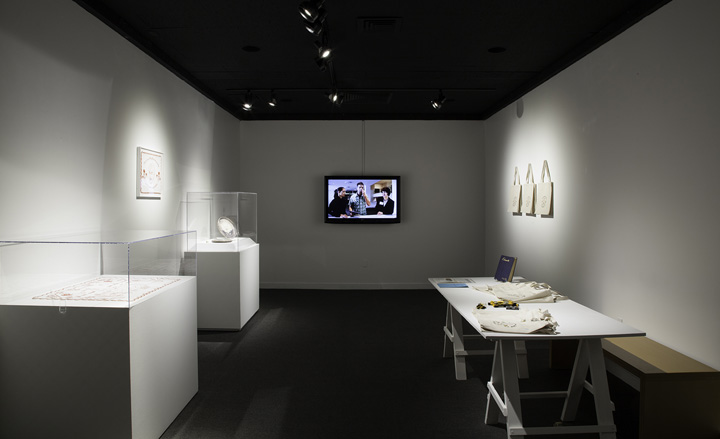
Central to the show is a series of short films featuring public service announcements in which Prvacki and etiquette expert Vartouhi Keshishyan pop up in embarrassing situations to promote good manners. Courtesy: Utah Museum of Contemporary Art, Salt Lake City.
'Spray', part of Prvacki's 2012 series of public service announcements
Prvacki and etiquette expert Vartouhi Keshishyan counsel people one how to handle spinach stuck in the teeth
'Lines' from 2012, on how to behave when someone unknowingly hits you with their bag
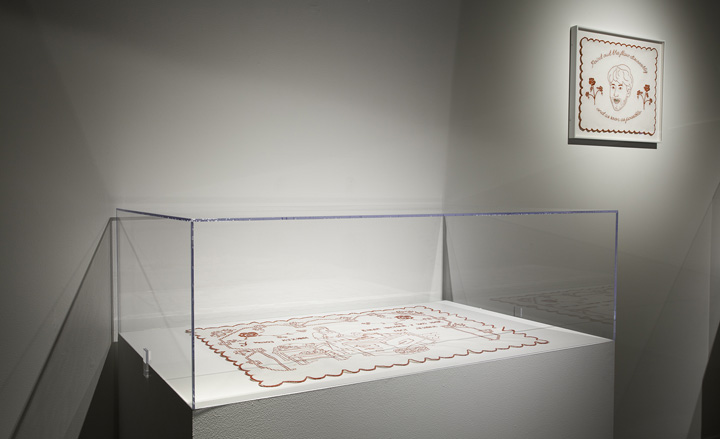
Mounted throughout the exhibition in UMOCA are cloths and tote bags embroidered with slogans geared around etiquette and attitude. Courtesy: Utah Museum of Contemporary Art, Salt Lake City.
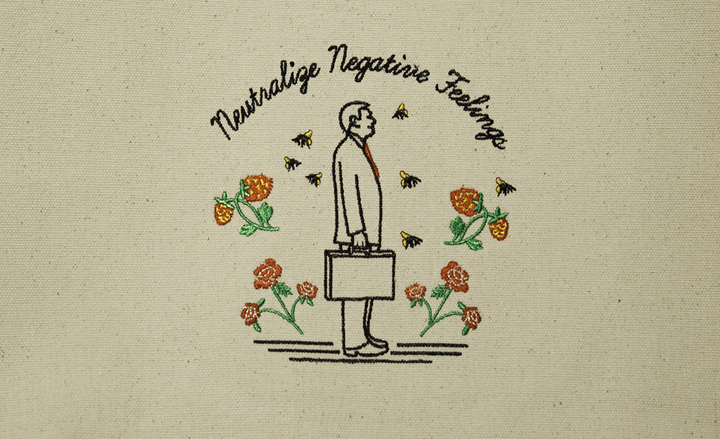
Prvacki incorporates bee imagery into her work, such as on this wall-mounted tote bag. The beehive is a state symbol of Utah and the artist comes from a long line of beekeepers. Courtesy: Utah Museum of Contemporary Art, Salt Lake City.
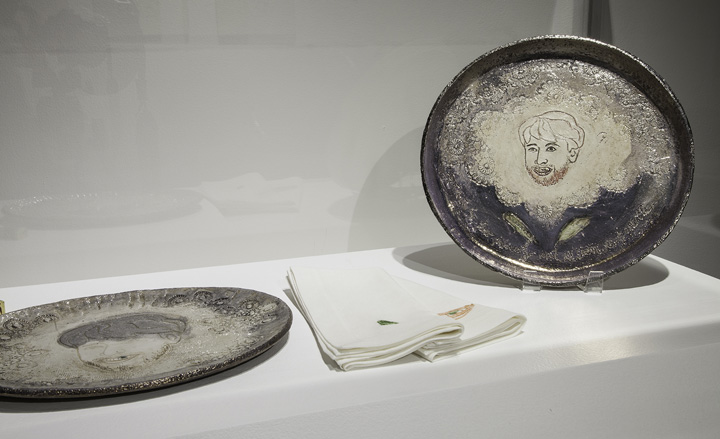
Ceramic hearth plates are etched with awkward situations, like spinach caught in teeth. Courtesy: Utah Museum of Contemporary Art, Salt Lake City.
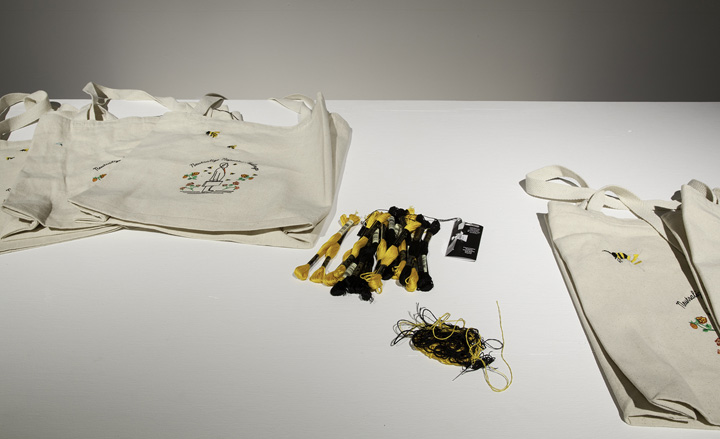
On Friday evenings Prvacki runs the Embroidery and Etiquette Club, which explores social codes by turning the gossip element of the traditional sewing circle on its head. Courtesy: Utah Museum of Contemporary Art, Salt Lake City.
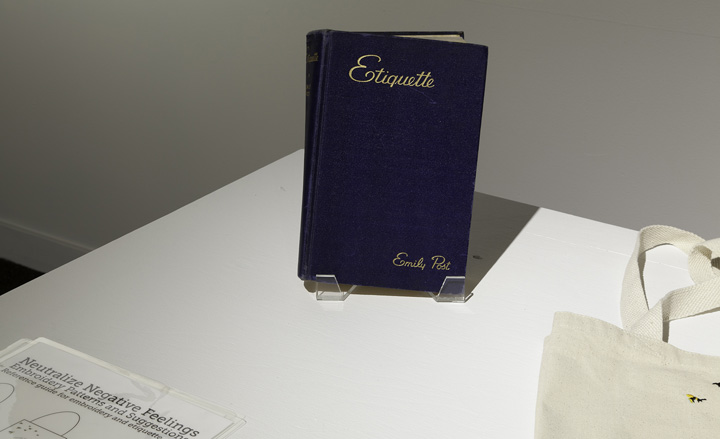
'Etiquette' by Emily Post, the early-20th-century commentator on modern manners. Courtesy: Utah Museum of Contemporary Art, Salt Lake City.
Past works by Prvacki include the 2007 film 'At the tips of your fingertips (Towards A Clean Money Culture)', which instructs the viewer on the best way to 'launder' money
In 'Do It Yourself Chivalry', filmed in 2008, Prvacki radically reverses the medieval concept of chivalry by removing her own clothes to place under her feet
Prvacki's 'Tent, Quartet, Bows and Elbows' from 2007, featuring classical string musicians
Receive our daily digest of inspiration, escapism and design stories from around the world direct to your inbox.
ADDRESS
20 S West Temple
Salt Lake City
801.328 4201
Based in London, Ellen Himelfarb travels widely for her reports on architecture and design. Her words appear in The Times, The Telegraph, The World of Interiors, and The Globe and Mail in her native Canada. She has worked with Wallpaper* since 2006.
-
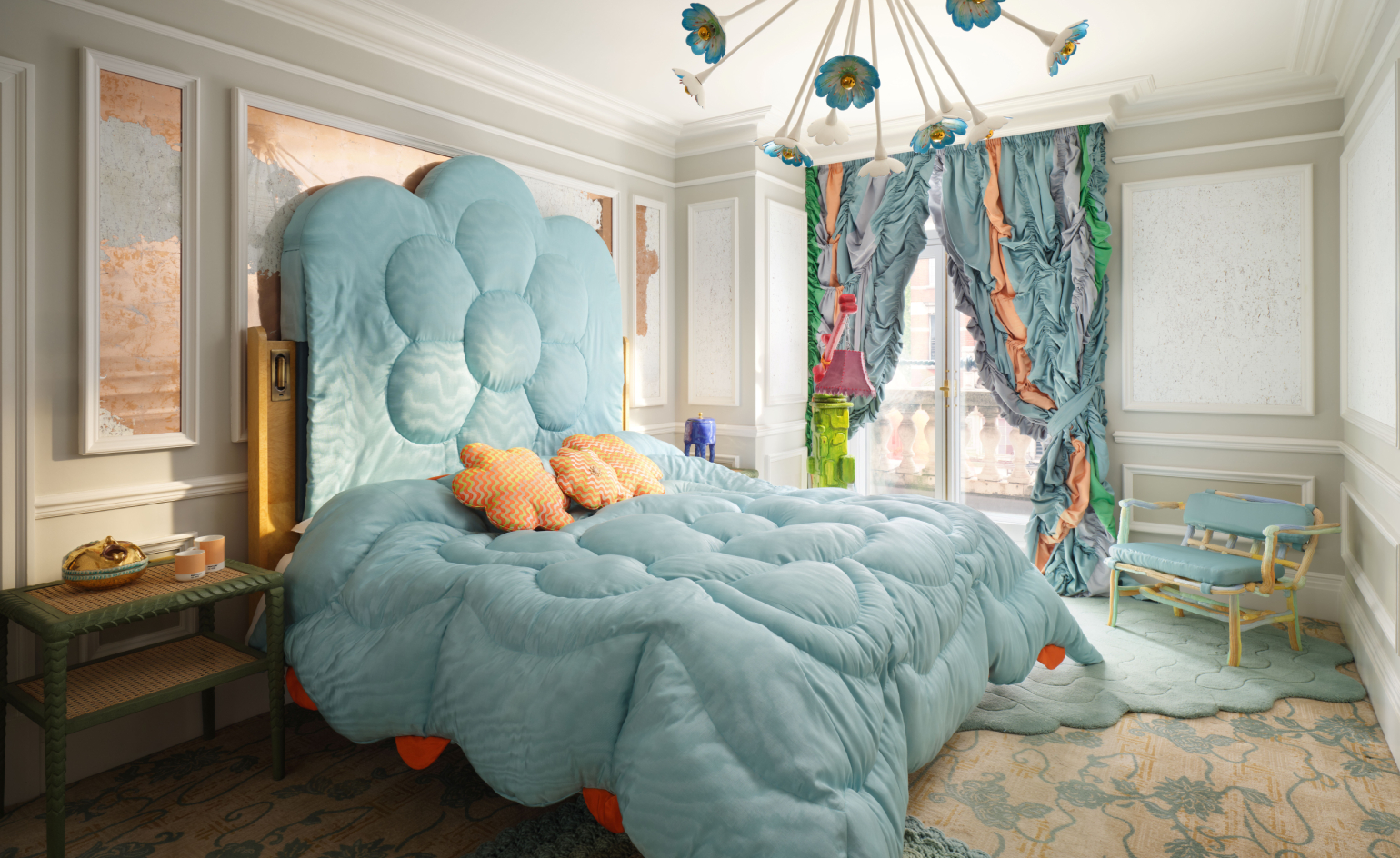 Peek inside Uchronia’s celadon green suite at the Mandarin Oriental Hyde Park
Peek inside Uchronia’s celadon green suite at the Mandarin Oriental Hyde ParkThe Paris-based studio teamed up with Pantone to transform a suite at the storied hotel into an aquatic dreamscape. Here’s how to check in
-
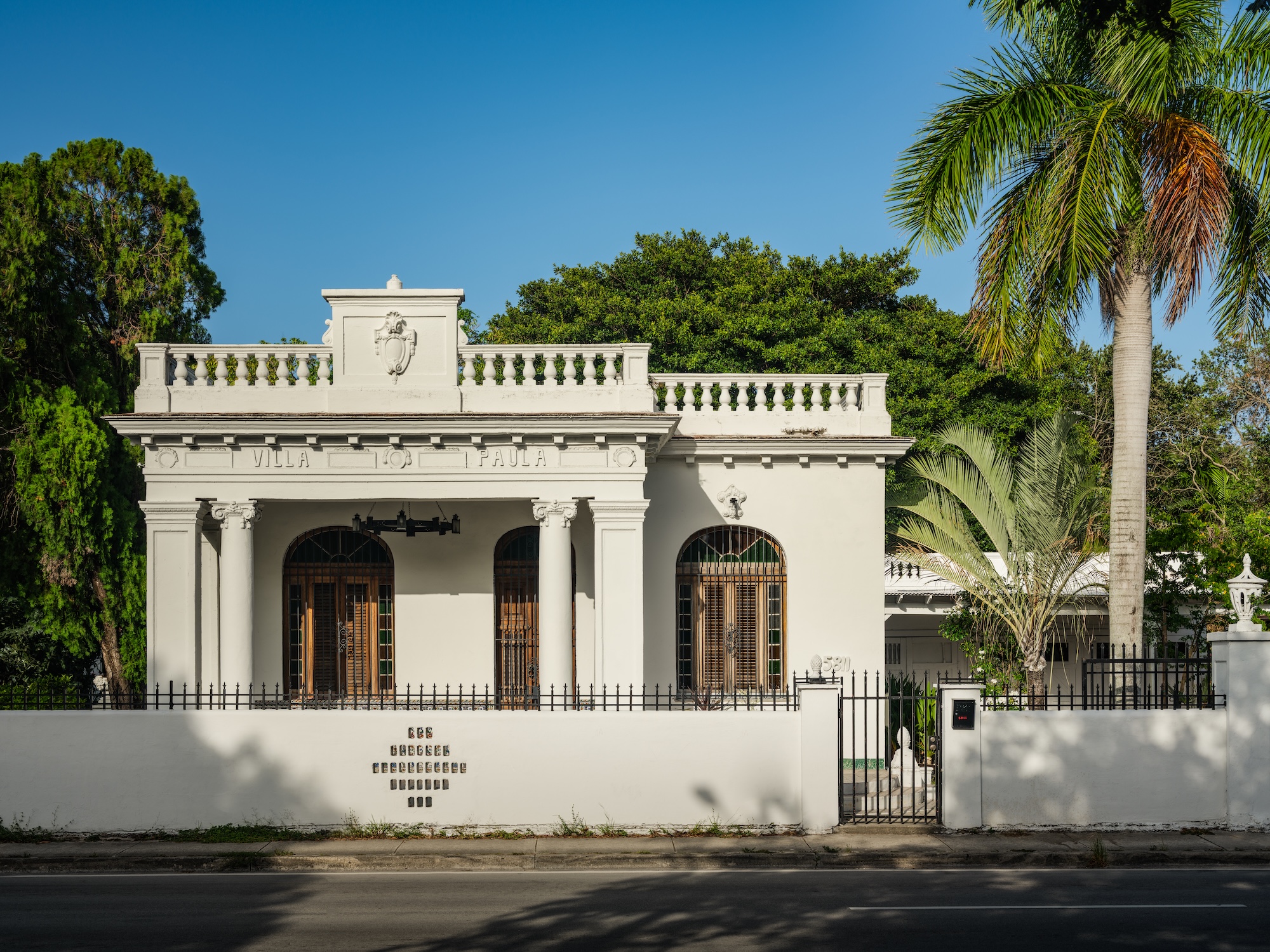 This legendary villa was built for the Cuban government. Now it’s The Future Perfect’s new Miami gallery
This legendary villa was built for the Cuban government. Now it’s The Future Perfect’s new Miami galleryWith Villa Paula, the boundary-pushing collectible design gallery expands its footprint
-
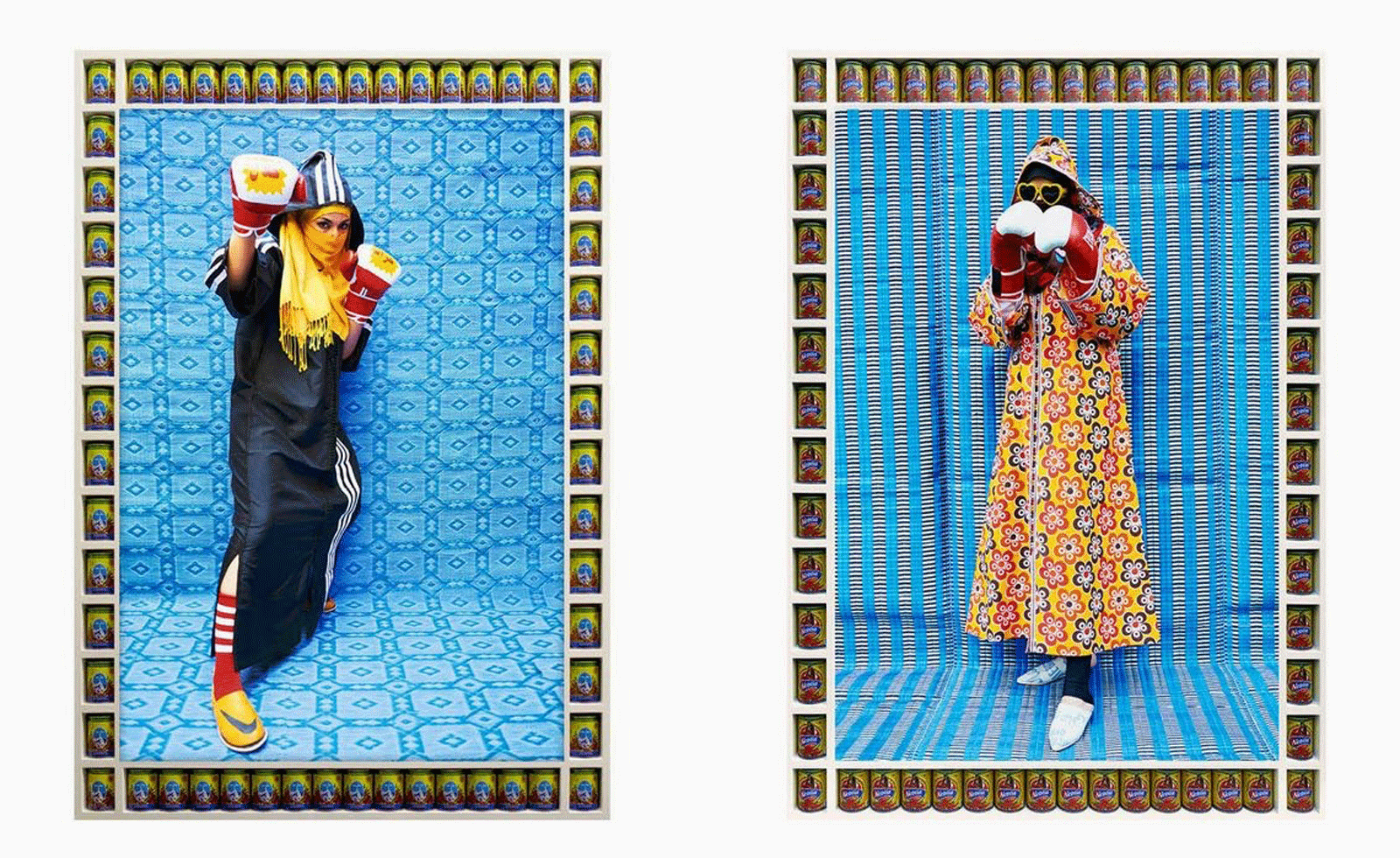 Hassan Hajjaj's vibrant portraits put Moroccan women at the centre of the story
Hassan Hajjaj's vibrant portraits put Moroccan women at the centre of the storyFor more than three decades, the visual artist has been making portraits that centre Moroccan culture, albeit through a subversive lens. Now, an exhibition in Toronto explores the sporty facet of his portraits
-
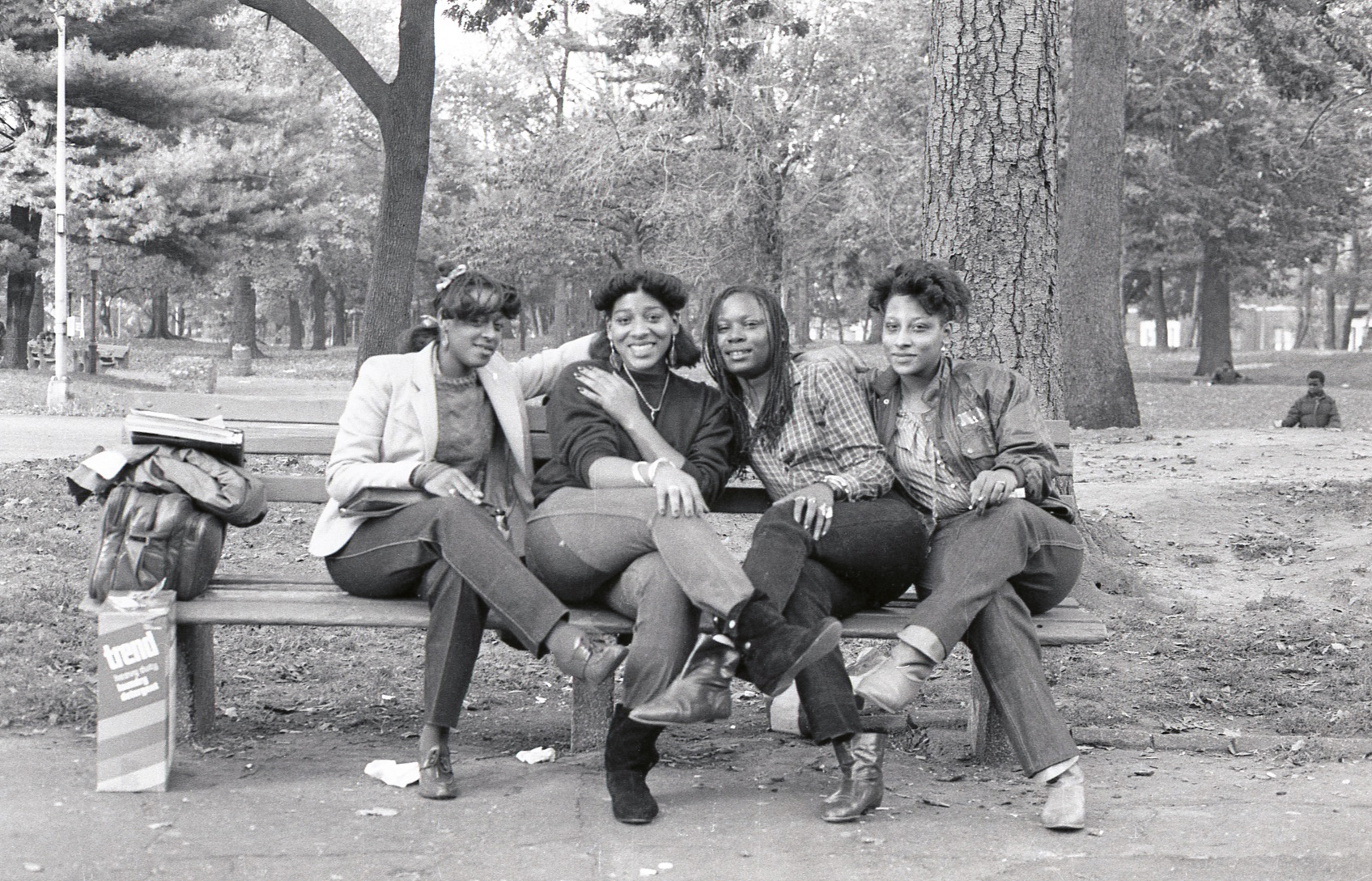 Jamel Shabazz’s photographs are a love letter to Prospect Park
Jamel Shabazz’s photographs are a love letter to Prospect ParkIn a new book, ‘Prospect Park: Photographs of a Brooklyn Oasis, 1980 to 2025’, Jamel Shabazz discovers a warmer side of human nature
-
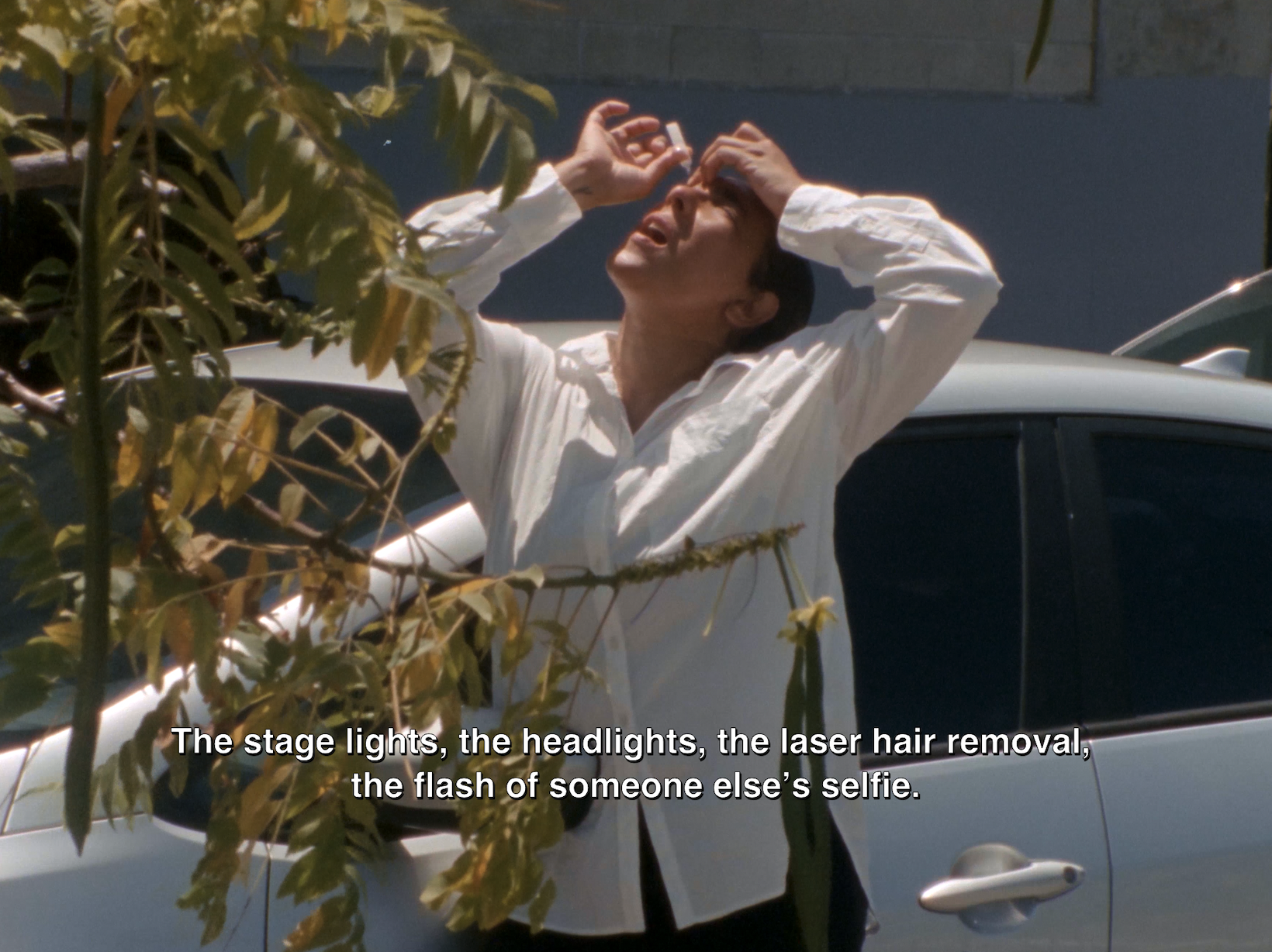 The Hammer Museum in Los Angeles launches the seventh iteration of its highly anticipated artist biennial
The Hammer Museum in Los Angeles launches the seventh iteration of its highly anticipated artist biennialOne of the gallery's flagship exhibitions, Made in LA showcases the breadth and depth of the city's contemporary art scene
-
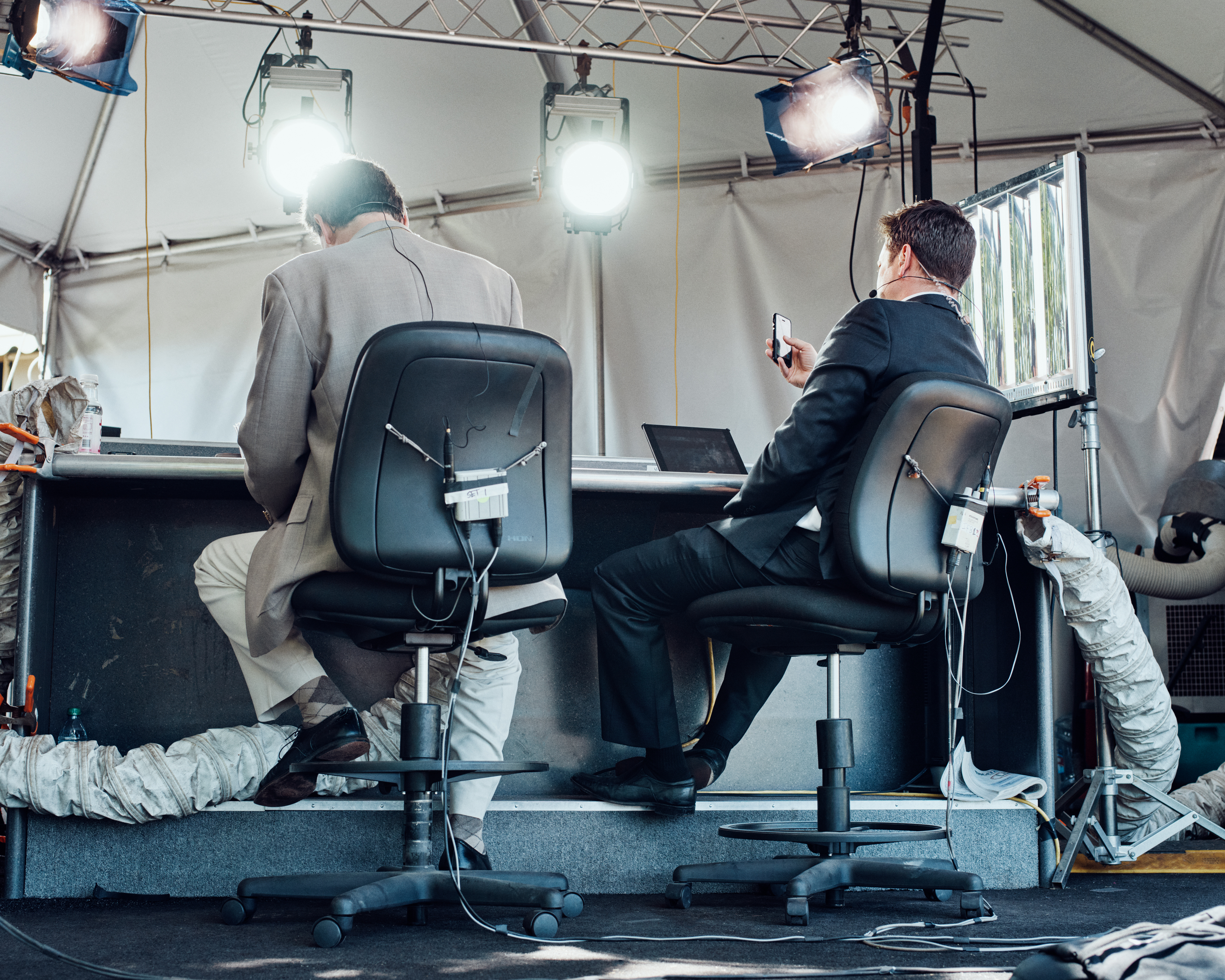 Thomas Prior’s photography captures the uncanny fragility of American life
Thomas Prior’s photography captures the uncanny fragility of American lifeA new book unites two decades of the photographer’s piercing, uneasy work
-
 Central Park’s revitalised Delacorte Theater gears up for a new future
Central Park’s revitalised Delacorte Theater gears up for a new futureEnnead Architects helmed an ambitious renovation process that has given the New York City cultural landmark a vibrant and more accessible future
-
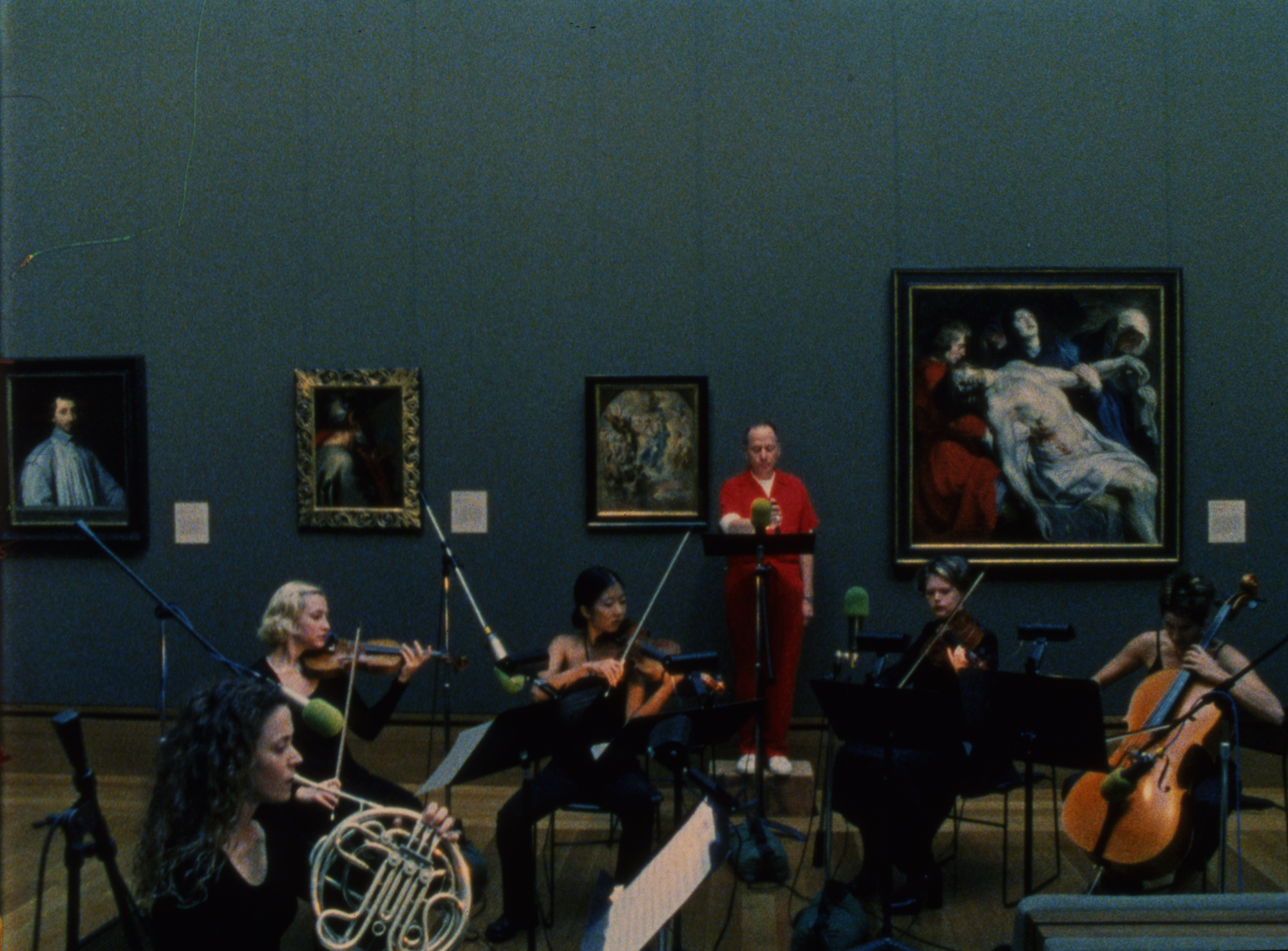 Stephen Prina borrows from pop, classical and modern music: now MoMA pays tribute to his performance work
Stephen Prina borrows from pop, classical and modern music: now MoMA pays tribute to his performance work‘Stephen Prina: A Lick and a Promise’ recalls the artist, musician, and composer’s performances, and is presented throughout MoMA. Prina tells us more
-
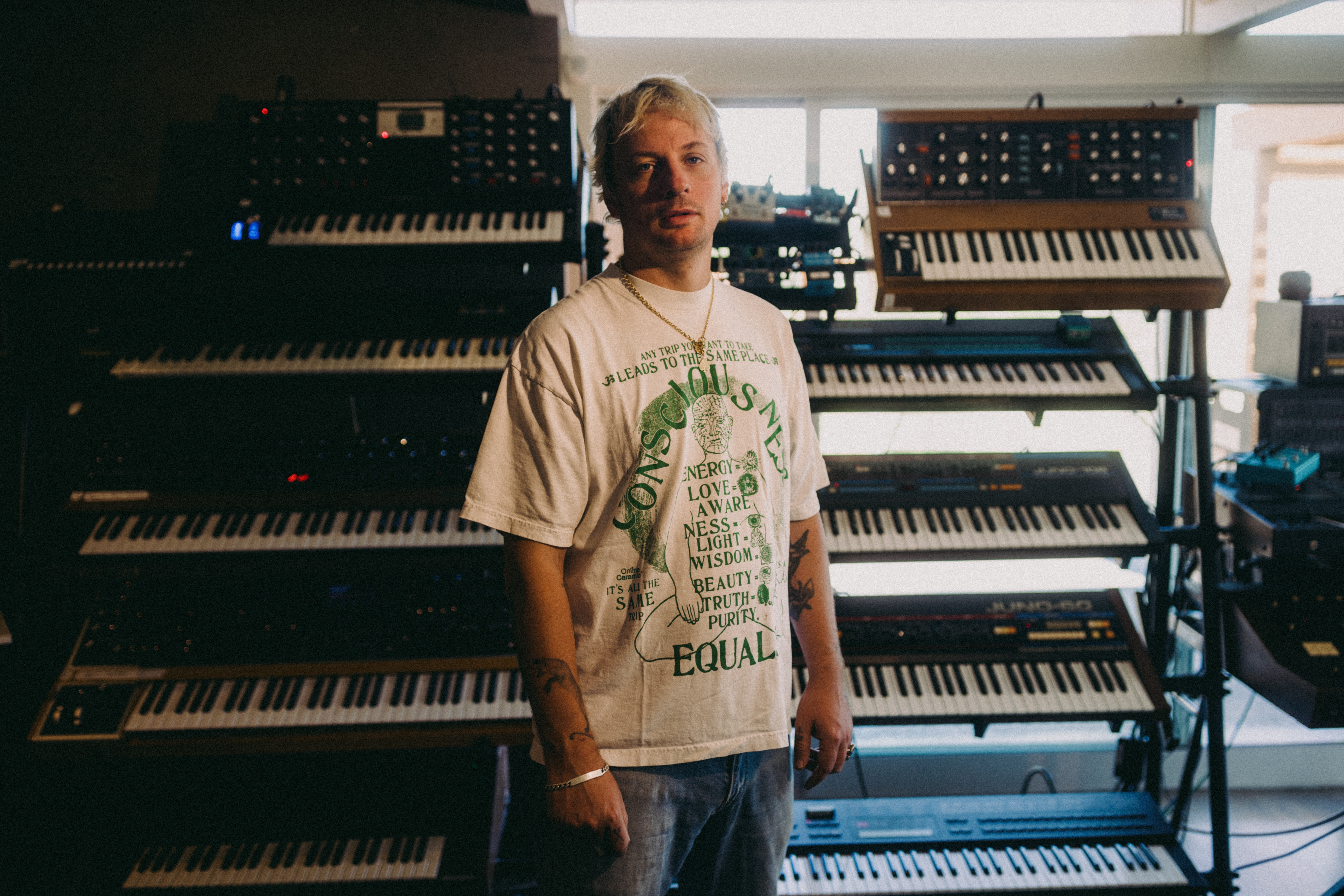 Curtains up, Kid Harpoon rethinks the sound of Broadway production ‘Art’
Curtains up, Kid Harpoon rethinks the sound of Broadway production ‘Art’He’s crafted hits with Harry Styles and Miley Cyrus; now songwriter and producer Kid Harpoon (aka Tom Hull) tells us about composing the music for the new, all-star Broadway revival of Yasmina Reza’s play ‘Art’
-
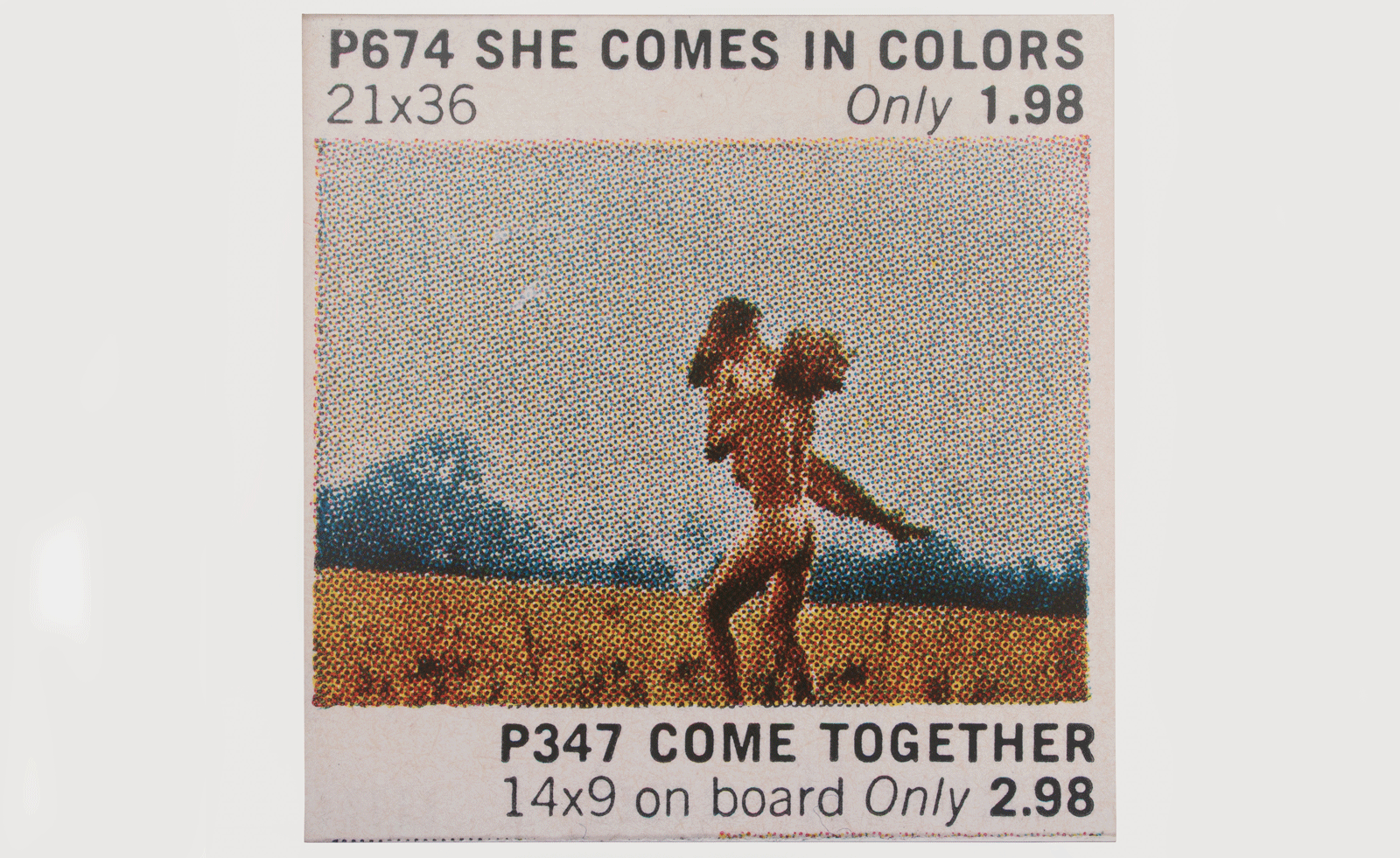 Richard Prince recontextualises archival advertisements in Texas
Richard Prince recontextualises archival advertisements in TexasThe artist unites his ‘Posters’ – based on ads for everything from cat pictures to nudes – at Hetzler, Marfa
-
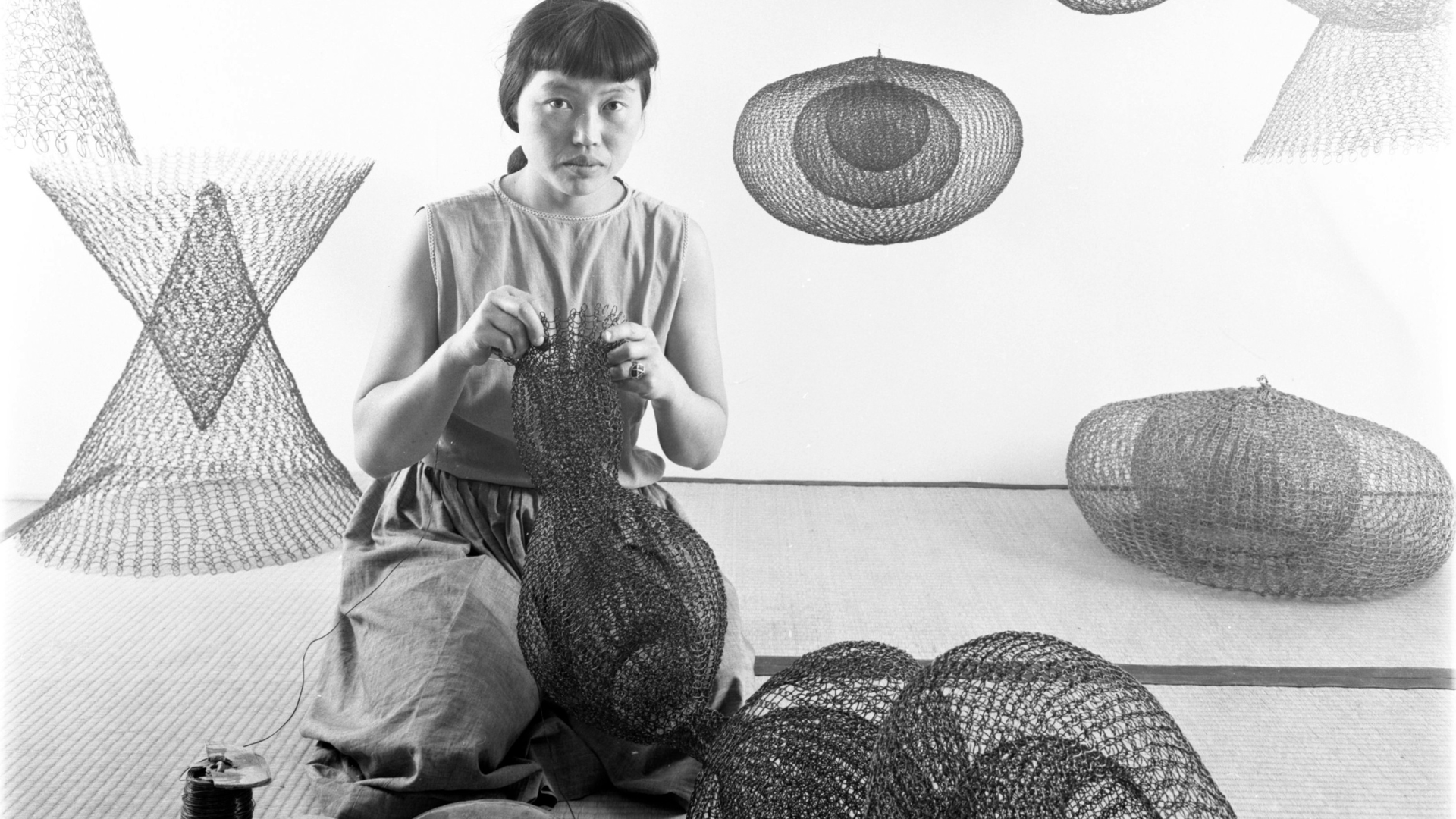 The best Ruth Asawa exhibition is actually on the streets of San Francisco
The best Ruth Asawa exhibition is actually on the streets of San FranciscoThe artist, now the subject of a major retrospective at SFMOMA, designed many public sculptures scattered across the Bay Area – you just have to know where to look